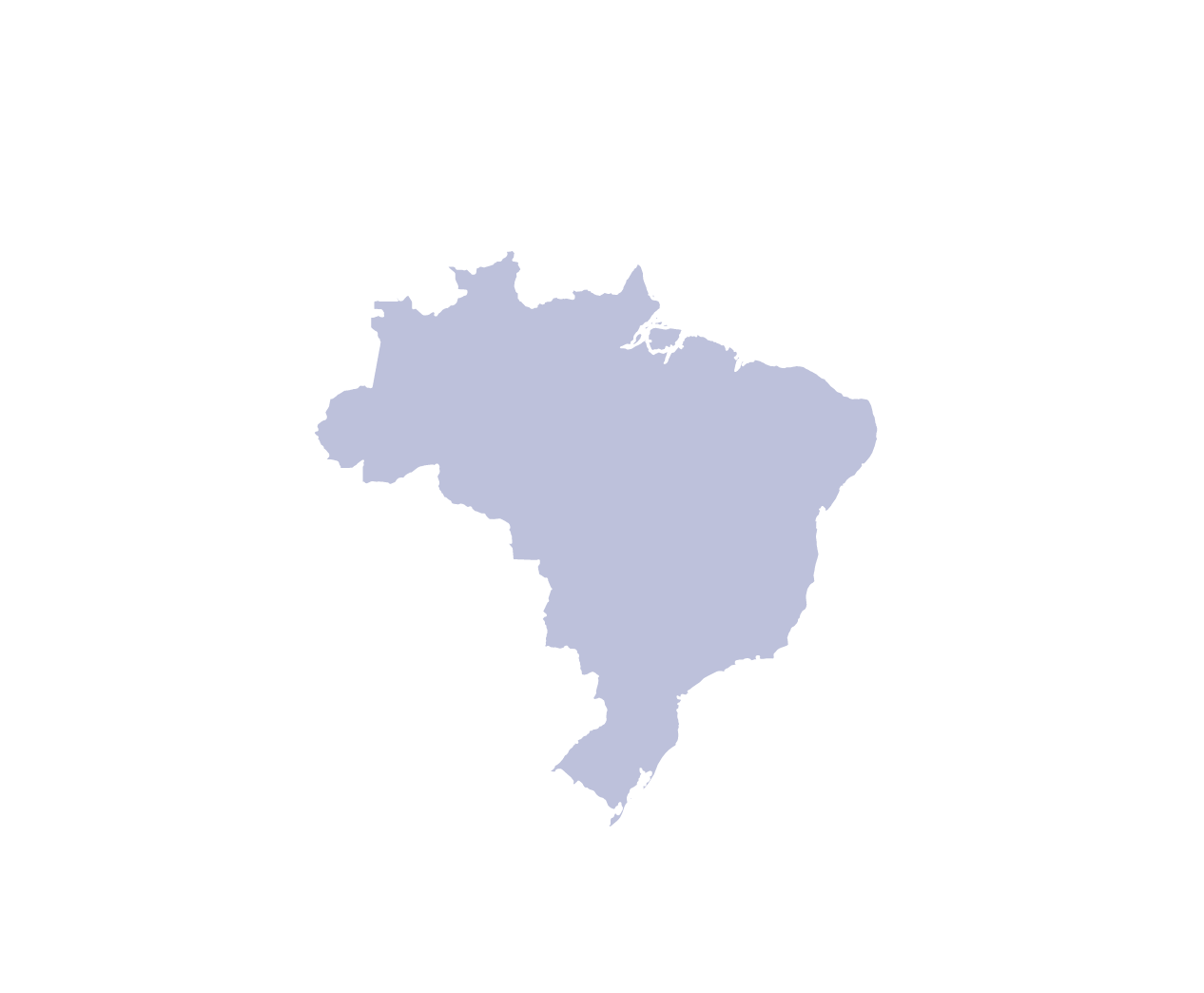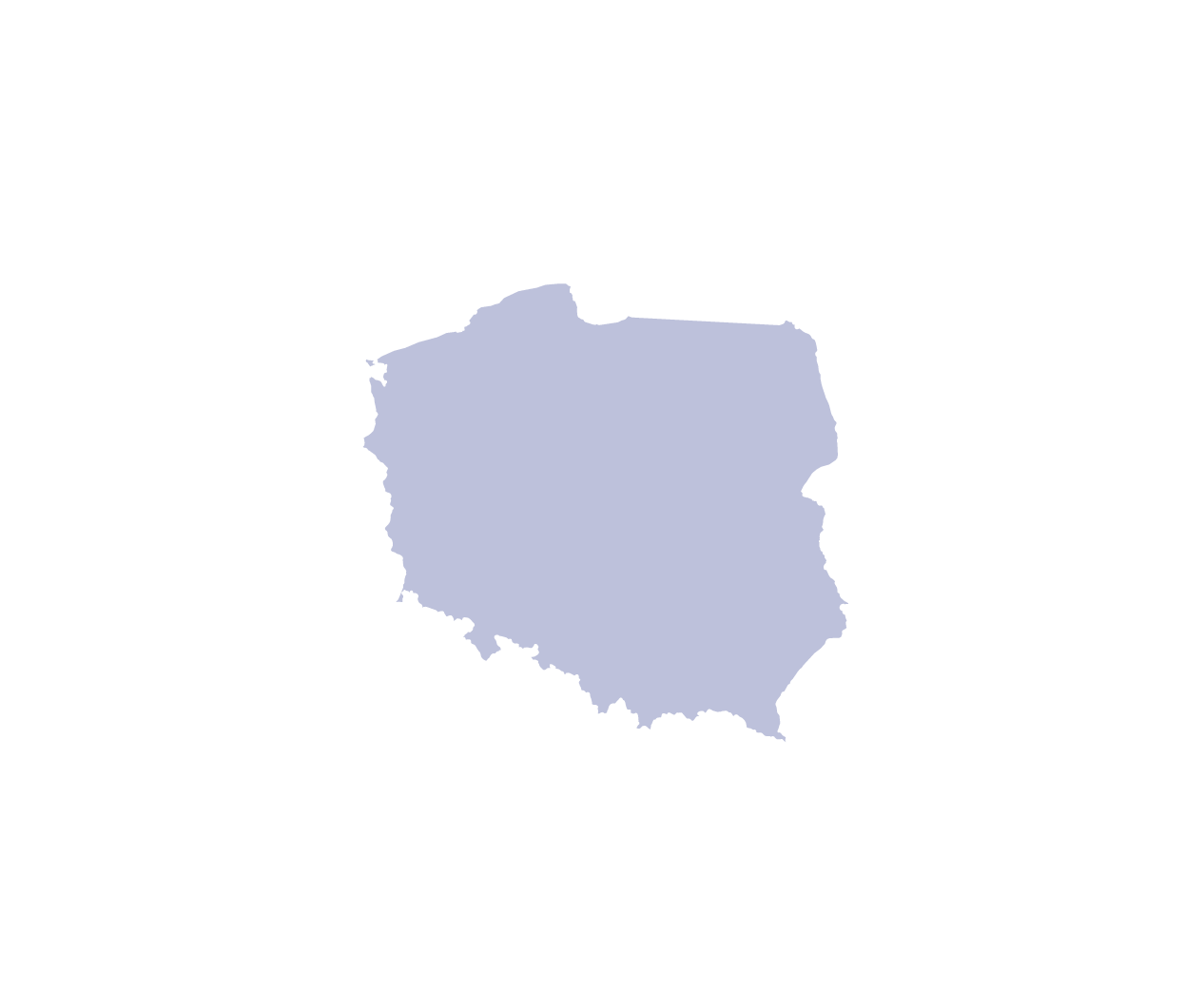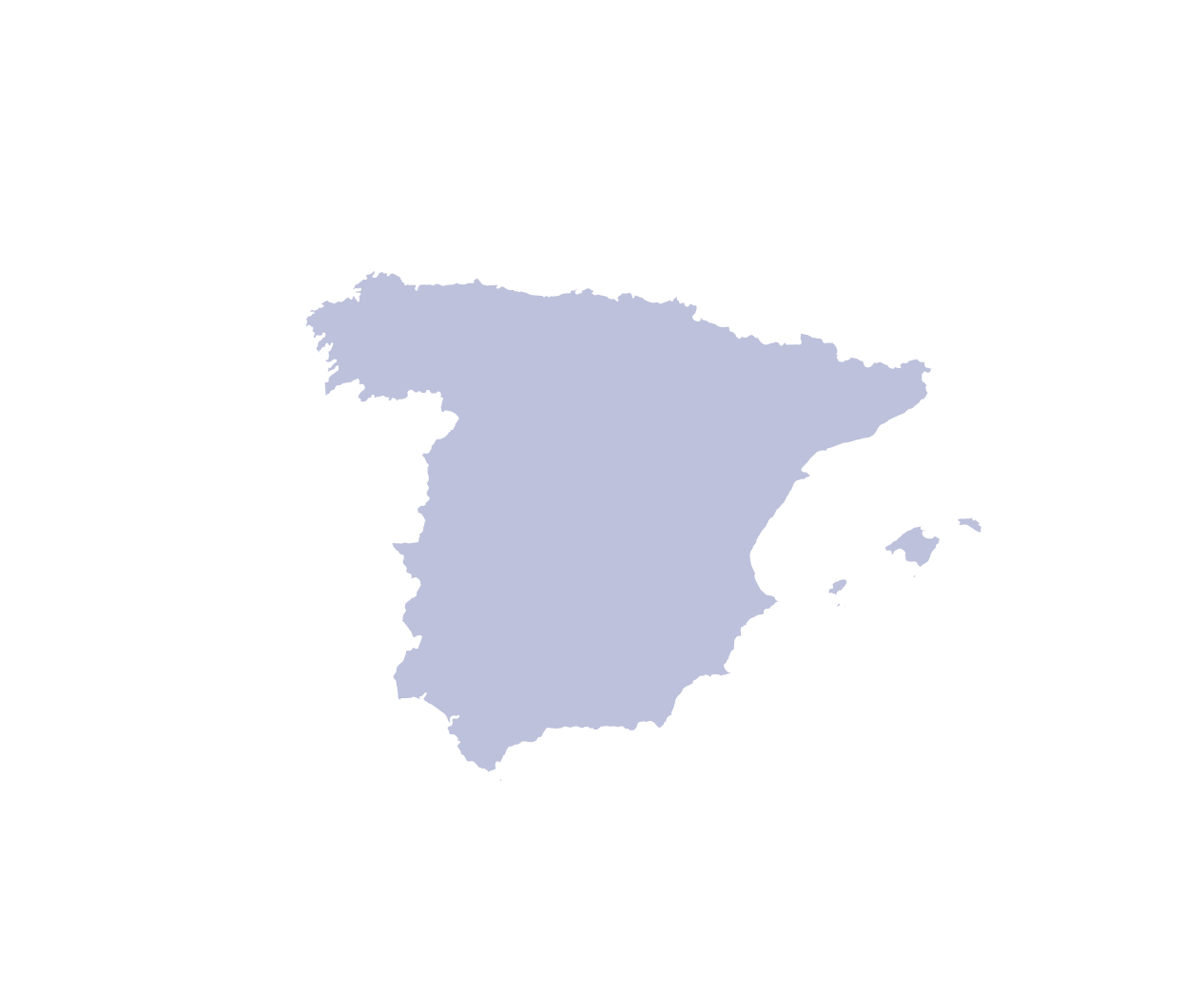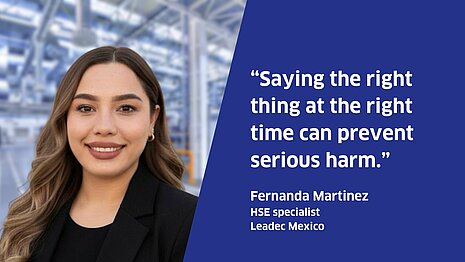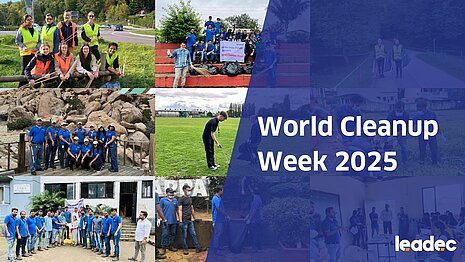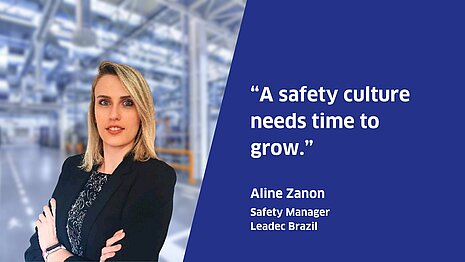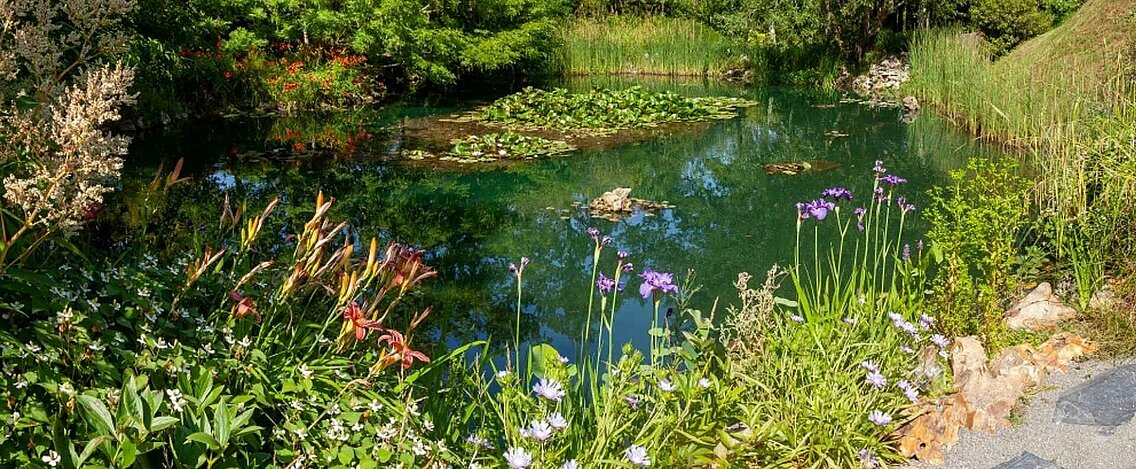
The loss of biodiversity is one of the greatest global risks, according to the new “Global Risk Report”. Particularly in densely populated Europe, the biodiversity of both animals and plants is under severe threat. As early as 1992, the Convention on Biological Diversity was therefore created, which received new impetus in 2022 through the global agreement on biological diversity, the “Global Biodiversity Framework”, in connection with the United Nations Biodiversity Conference. The goal is to place at least 30 percent of the world’s land and sea areas under effective protection by 2030. And by 2030, the loss of biodiversity is to be halted and the trend even reversed. An ambitious goal that can be supported with local measures – including more biodiversity on factory sites. At first glance, this may seem contradictory, or at least unusual. After all, how do production buildings, access roads or logistics areas go together with biodiversity?
In fact, on-site activities help to improve environmental sustainability and enhance the quality of life for people and animals. Leadec employees in Hungary, England and Germany, among other countries, have been helping customers for many years to make the best possible use of their factory sites with a view to increasing biodiversity. For a long time now, this has not just been about mowing the lawn. Services range from planning appropriate protected areas to maintaining green spaces and beehives to feeding wild birds in winter. But what does it take to turn a conventional company site into a near-natural habitat?
Green spaces and biotopes
Green spaces are particularly suitable for creating biodiversity. They not only contribute to an attractive appearance of the site, but also provide habitats for native plant and animal species. These include meadow areas where the grass is not mowed until after flowering. Species-rich seed mixes, wildflower islands and herb beds provide animals with sufficient food and, in the specially created woodland, shrub and steppe areas, appropriate places to retreat. In addition, there are water ponds and ditches that provide shelter and breeding grounds for fish, frogs and ducks, which retreat from uninvited visitors in the dense reeds. Thus, even rainwater ponds are no longer just part of a fire-fighting system but natural waterworks.

Insects and birds in balance
Where there are many native flowers, bees are not far away. More and more companies are purposefully placing beehives on their property to give these industrious insects a protected space for themselves and to raise their brood. The insects spend most of their lives directly in the beehives – not as gatherers, but on indoor duty. There they guard the entrance to the hive, build up food stores and care for the brood. To ensure that their home is intact and free of mites and mice, Leadec employees take care of regular care and maintenance. And they are not afraid to harvest at least some of the honey, provided they wear protective clothing. However, the bees keep the majority of their yield as food for the winter. Speaking of winter: when the insects are rarely out and about during the cold months, Leadec employees provide the birds with species-appropriate food. And in spring, the nesting boxes and insect hotels set up by Leadec are used diligently for breeding and raising the feathered or six-legged offspring.

